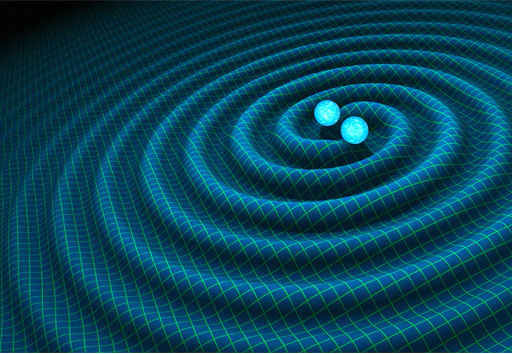BY Carol Lutsinger is a NASA/JPL Solar System educator and ambassador Texas Space Grant Consortium collaborator and American Astronomical Society resource agent [email protected] Newspaper in Education
First of all let us take a moment to recognize the discovery of gravitational waves recently made public. The personnel at the UTB (now UTRGV) Physics and Astronomy department played an important role in the work. Hats off to all those who have dedicated years to searching for evidence of these elusive phenomena; well done!
Gravitational waves may be invisible but the stars are not. So, turn off the cell phone. Stop texting and do something unique this week. Go outside tonight after dinner and take a stroll down the street and look up a while. If you begin your walk facing the direction of sunrise, (more or less ESE at this time of the year), then look over your right shoulder and upwards to locate massive Orion standing almost due south. Although the stars that delineate him resemble a butterfly, don’t call him a butterfly. He is sort of like Muhammed Ali…he fights like a butterfly and stings like a bee. The red star in his right shoulder is Betelgeuse, a star so massive that if it were our Sun we could not exist. We would be inside it, along with Mercury, Venus, Mars, and the asteroid belt.
Once you have located this constellation let your eyes travel to the right of his right shoulder to find the pentagon of stars that is known as Auriga, the Charioteer. The golden brighter star of this constellation is named Capella, which means She-goat, and it represents a goat being carried by Auriga. A closer look may reveal a faint isosceles triangle to the right that represents twin kid goats; time for cabrito on the hunting trail?
There is a menagerie of animals in the night sky including bears, a giraffe, gazelles, lions, a swan, an eagle, a crab, a scorpion, dragons and sea monsters, dolphins, horses with and without wings, spiders and crows, and even a scorpion.
Then there are the people, royalty in the form of the Queen of Ethiopia, Cassiopeia who will probably be circling low in the WNW, while the Big Dipper asterism that is located in the hindquarters of Ursa Major will be swinging upwards from the ENE. These constellations always move in a circle about the North Star, Polaris, and so are known as circumpolar constellations. The Queen has a consort, King Cepheus whose star pattern resembles a crooked little house. It is located between Polaris and the W of Cassiopeia. As the world turns other star patterns emerge from the eastern horizon along with the five planets we have mentioned during the past few weeks. It is all there for your viewing pleasure. Perseus, Hercules, Andromeda, Ophiuchus, Boötes, the Gemini Twins, and then there is Luna/Diana to enjoy as well.
If all these names leave you confused, then you may want to visit the Resaca de las Palmas state park and World Birding Center on Friday February 26 for their night hike. Often there are astronomy students from UTRGV on hand to share telescope views of nebulae and the Milky Way.
Until next week, do let some stars get in your eyes.





